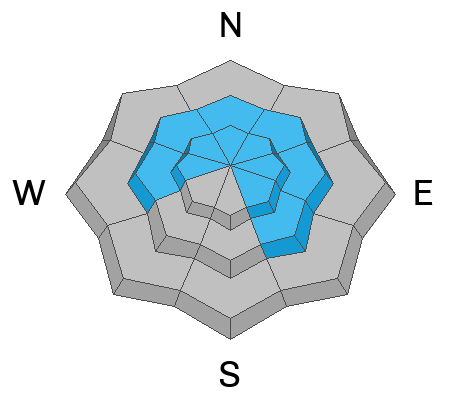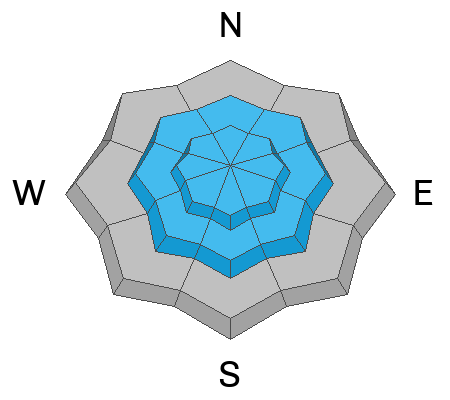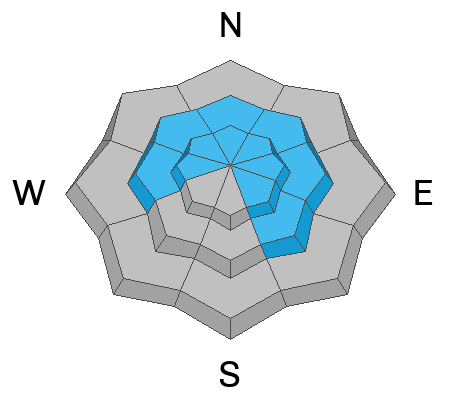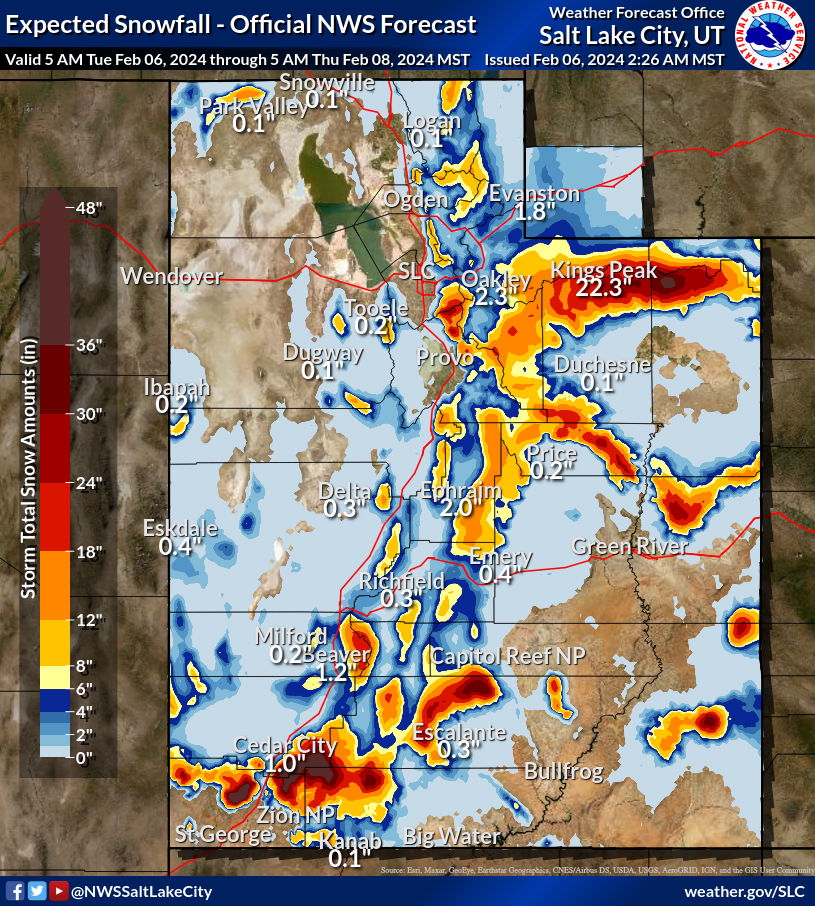Forecast for the Provo Area Mountains

Issued by Mark Staples on
Tuesday morning, February 6, 2024
Tuesday morning, February 6, 2024
HEADS UP - Now is a time to step back with terrain choices and let this storm do its thing.
Today with new snow and strong winds from the south, the avalanche danger is CONSIDERABLE at upper elevations where you'll likely trigger meaty slabs of wind drifted snow. The danger at mid elevations is MODERATE and human triggered avalanches are definitely possible on any wind loaded slope.
At low elevations below 8000 feet where there has been less new snow and less wind, the avalanche danger is LOW.
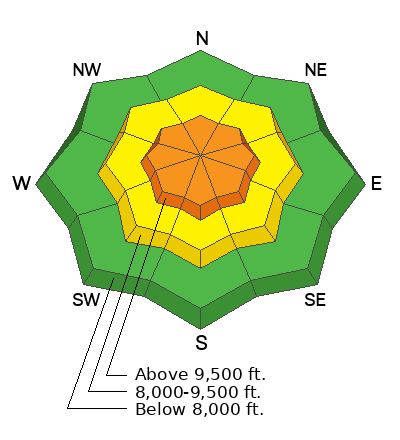
Low
Moderate
Considerable
High
Extreme
Learn how to read the forecast here


